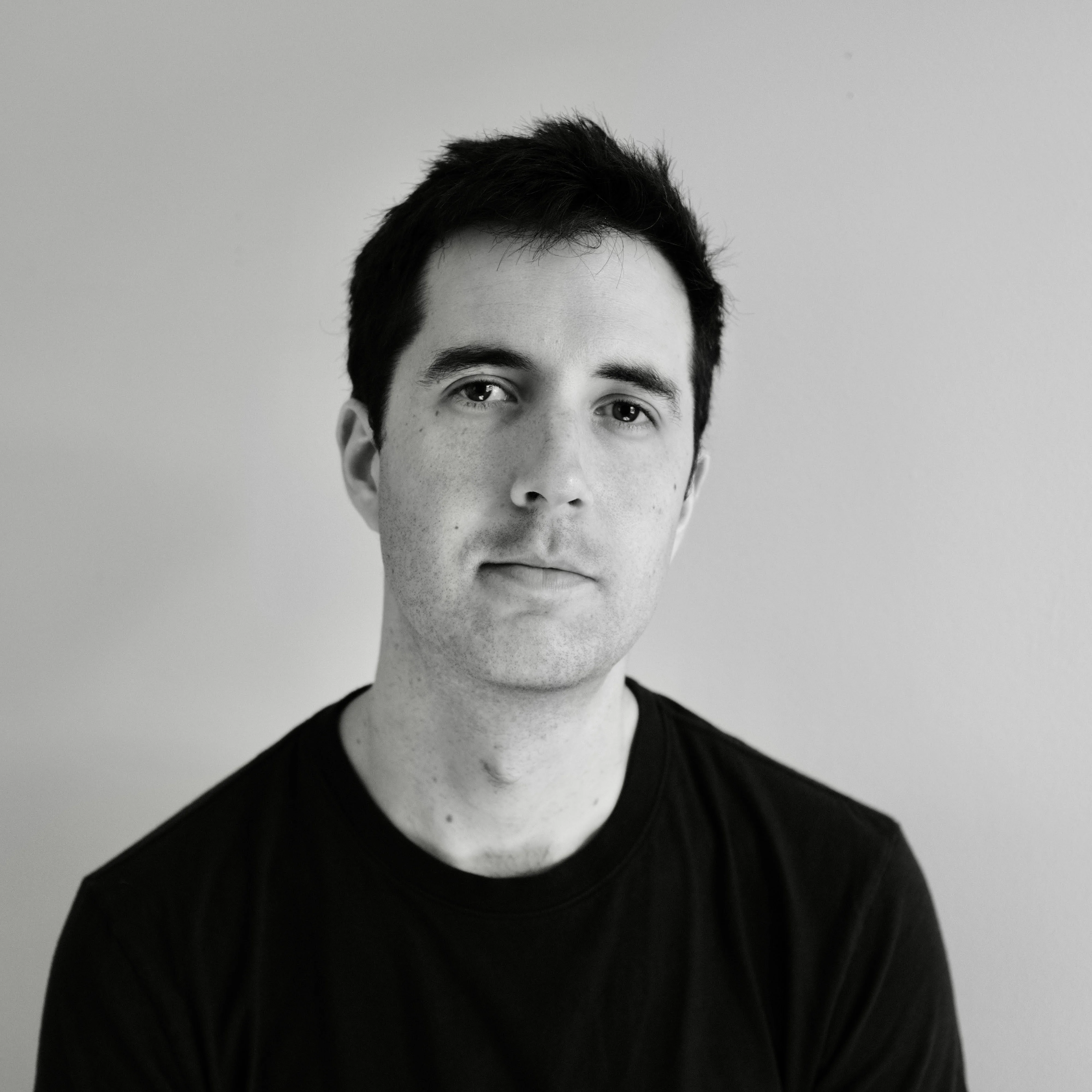
Experience
For the last eleven years I’ve worked on technical and consumer products for startups, nonprofits, editorial brands, and Fortune 500 corporations. My agency and in-house work has given me deep experience across the entire design lifecycle, dealing with ambiguous problems in many domains.
A constant thread through my work is the belief that consistent, scalable design systems are the foundation of all good product design—and the basis for effective collaboration between designers and engineers. Having this distinct systems orientation makes me comfortable working closely with engineers and sharing PRs of functional prototypes.
I’ve seen firsthand that the best work happens when teams feel a sense of urgency and psychological safety; one dynamic without the other leads to mediocrity, as people are either uninterested or unwilling to bring their full selves to the problem at hand. As a leader and colleague, I foster active, critical debate, and champion the best ideas—especially when they aren’t my own. I also seek to mentor younger designers in their work and career, hoping to pass on the guidance I received early on.
Outside of work, I help lead a books-to-prisons group, make photographs, listen to my wife’s music, and try to tire out our very active bird dog.
Philosophy
I like to read, and books themselves have become my standard for product design. I want to make digital things that are as well-considered as a good book: accessible, intuitive, durable, self-contained, unobtrusive, words and images in harmony, worth looking at and spending time with, designed at a human scale. A vessel of generosity from author to reader, designer to user.
I take cues from the Bauhaus school of thought that emphasized close attention to form and content, prototyping early and often, and a practical familiarity with the methods of production. I count among my influences Bret Victor, Edward Tufte, Pamela Pavliscak, Jonathan Corum, and Jenny Odell. More inspiring folks here.
Process
I try to approach every project without preconceived notions so that the final solution emerges from the research and work at hand. Process is useful to the extent that it helps team structure their collaboration, but not to the extent that it becomes a way to avoid critical thinking. Minimum viable process is the goal.
Though my actual approach varies from project to project, I nearly always do some version of these three things:
- Discovery. Define the scope, direction, and outcomes for the project with key stakeholders, informed by generative user research. Identify technical constraints and affordances with engineering.
- Prototyping. Create wireframes and/or low-fidelity clickable and functional prototypes to validate through internal and external usability testing.
- Production. Iterate design systems and interaction details that build toward a production-ready release. Work in frontend code to support engineering as needed.
Recently I’ve been using Whimsical for diagramming and wireframing, Figma for high-fidelity prototyping and design production, Linear for project management, Notion for documentation.